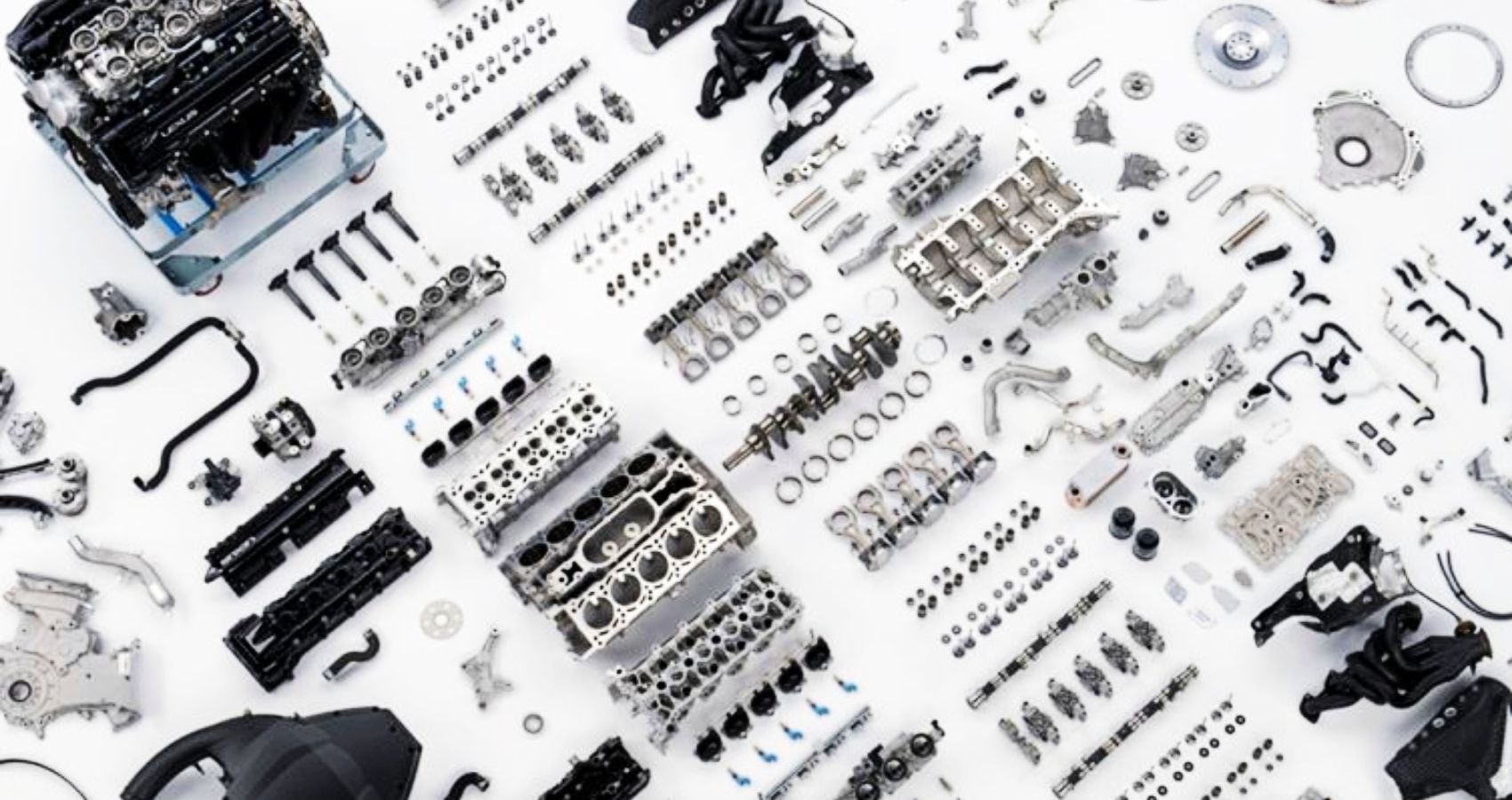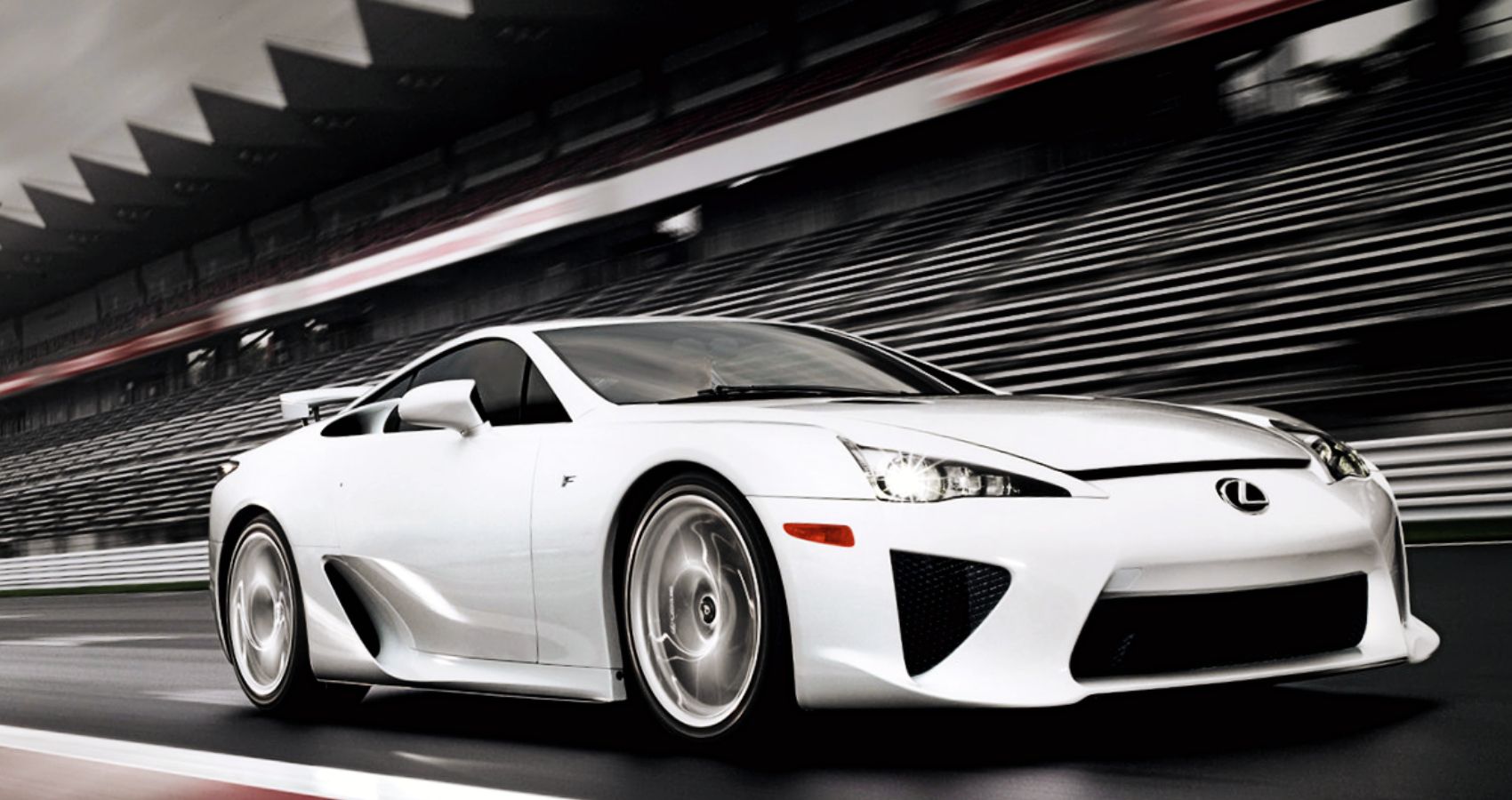Back in the 2000s, Lexus was already enjoying a good reputation in terms of reliability, affordability, and comfort-some attributes that the west didn't quite meet at once. However, Lexus wanted to bring something unique to the market. They wanted a sports car to have attributes that the ones in the west lacked. While Lexus had a decent experience in building engines, they lacked expertise when building a supercar-level engine came into question. Toyota then collaborated with Yamaha, an old friend, to help them develop a bespoke platform and an engine for its flagship, the LF-A. That said, history was created.
The Lexus LFA is Toyota's most ambitious project and, of course, one of the best-sounding sportscars of all time. The LFA has everything you want and expect from modern sports cars. It looks stunning, has a gorgeous interior, offers great build quality and reliability, and, of course, its finest attribute—the F1-like exhaust note. Ever wondered how a company like Toyota can build a sportscar with the finest exhaust note in the market? Read below; we have much to share about how Toyota did the unthinkable.
Yamaha’s Secret Sauce Made LFA (One Of) The Best Sounding Sports Cars Of All Time
The Lexus LFA’s 1LR-GUE 4.8-liter naturally aspirated V10 mill is an engineering marvel not because it offers massive power, but because it has the most soulful exhaust note among sports cars. Certainly, the LFA isn’t the fastest in the segment considering the presence of other monsters like the Ferrari 296 GTB and Lamborghini Aventador. But that’s not the point Lexus was trying to convey. Toyota wanted a sportscar that mimicked the sound of the F1 cars back in the 2000s, and slowly but surely, the Lexus LFA made its statement.
While Toyota collaborated with Yamaha Motors for the development of the engine, Yamaha Motors, however, took this project to an insane level to ensure the LFA stays at the top of the game by collaborating with Yamaha Music. Yamaha undoubtedly has tons of experience in building engines, and so does Yamaha Music, with experience in making the best audio and musical equipment. Both these wings of Yamaha have done something truly spectacular, and little did they know, it left a huge mark on the automotive industry.
Yamaha has constructed the engine with an acoustic design, and they have used the sound to mediate the gap between the driver and vehicle to offer something that hasn’t been done before. To achieve a unique yet harmonious sound, engineers took advantage of the surge tank and used it as a component of the exhaust system. While the surge tank is primarily used for delivering fuel to the engine in high-performance cars, engineers have designed the 1LR-GUE V10’s surge tank with optimized wall thickness, better rib configuration, and other design changes to release dynamic exhaust sounds.
As a result, the LFA’s V10 provides a sound frequency of 250Hz while the engine is running at 3,000 rpm. The real magic starts once the engine surpasses the 6000 mark. The high-revving, naturally-aspirated engine sings its heart out at 500 Hz, offering a mesmerizing engine sound that can seduce anyone around the car.
Lexus LFA’s Sonorous V10 Is The Brainchild Of Toyota And Yamaha
Toyota wanted the Lexus LFA to not only look mean and run faster on the tracks, but they had something else in mind-a mean and traditional Formula 1 car-like exhaust note. Toyota partnered with Yamaha to create a new, smaller, lighter, and monstrous V10 engine to propel its ambitious LFA.
The 1LR-GUE 4.8-liter naturally aspirated V10 engine is co-developed by Yamaha and Toyota. Since the LFA was meant to be a track weapon, it needed to have a lighter engine to help it accelerate faster. Thus, engineers went in favor of lightweight materials like aluminum, magnesium, and titanium alloys to make them lighter and reduce internal friction. Hence, this V10 was very compact and smaller than most V8 engines. Engineers have also used titanium valves, ultra-light rocker arms with a diamond-like coating, and an integrated compact crankcase to improve the performance at higher RPMs.
Additionally, the engine features a 72-degree angle between the two groups of cylinders, making it smaller and lighter than V8 engines to reduce the car’s center of gravity and offer a smooth engine response. Inside, the engine uses independent, electronically-controlled throttle bodies to ensure proper airflow in all the cylinders to enable brisk acceleration.
Above these, the V10 uses 3.4-inch bores and 3.1-inch piston strokes to achieve a compression ratio of 12:1. As a result, all these mechanicals help the engine redline at a massive 9000 rpm where a maximum power of 552 ponies is available at a screaming 8,700 rpm and 90% of the peak torque arrives at just 3,700 rpm.
The Lexus LFA Is A Capable Track Weapon
Toyota's engineers have put some serious work into the Lexus LFA. To make the most of the power available from the engine, engineers have tried to make the LFA the lightest possible. First, the LFA is based on a specially designed platform that is made of lighter materials like aluminum, magnesium, titanium, and carbon fiber components. Above this, the cabin is made of carbon fiber-reinforced plastic to improve the rigidity of the body and keep the structure lighter at the same time. Thus, it is 220 pounds lighter. The lighter curb weight enables the LFA to accelerate from 0-60 mph in 3.5 seconds and reach a top speed of 201 mph.
The LFA’s engine, gearbox, water and oil pumps, and other heavier components are packed within the wheelbase. The fuel tank and other lighter components, however, are placed at the back. This layout enabled the LFA to achieve a front-to-rear weight distribution of 48:52. The proper mass distribution and the lighter curb weight optimize handling at high speeds.
Sources: Lexus, Toyota, Yamaha

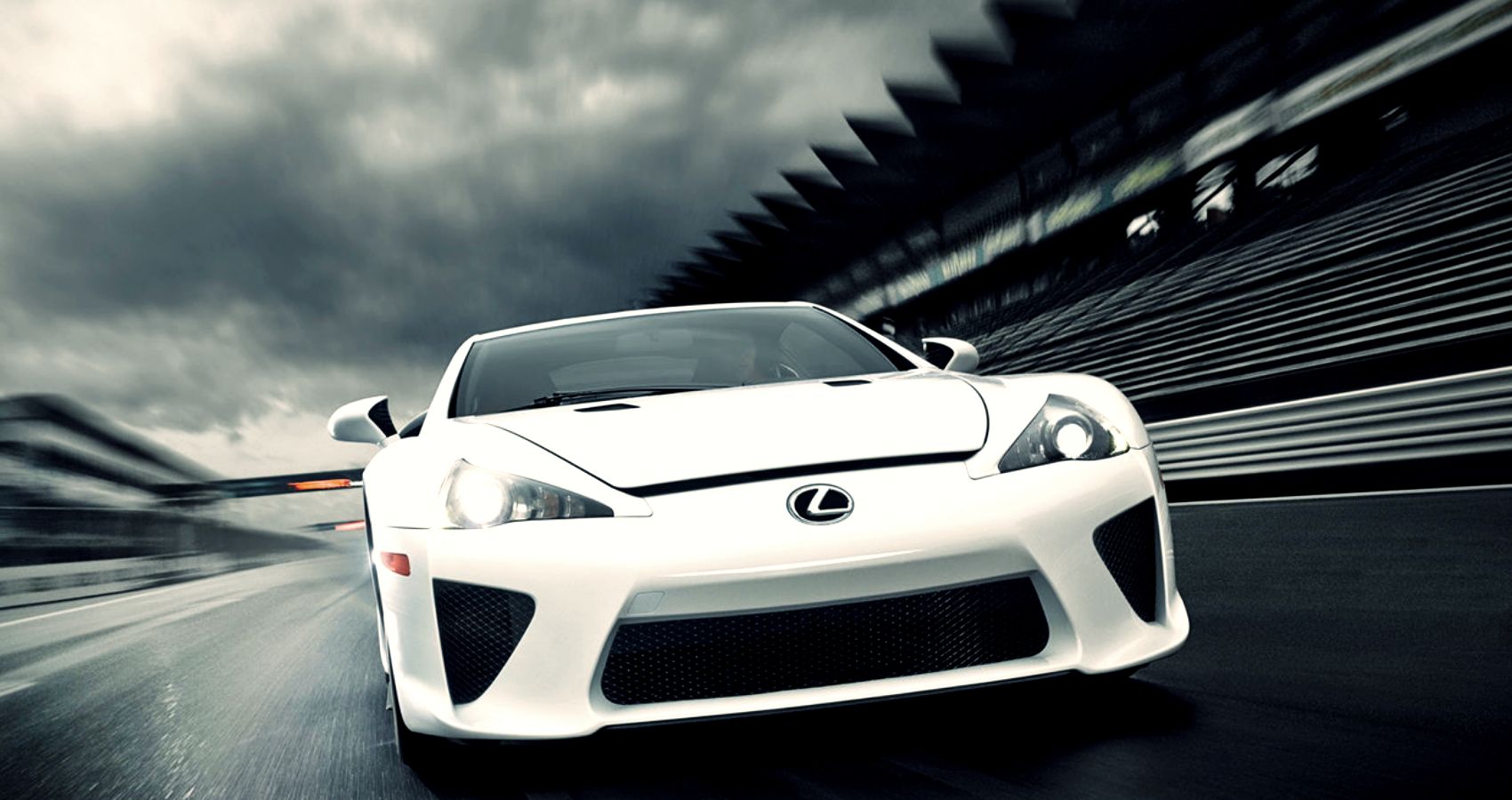
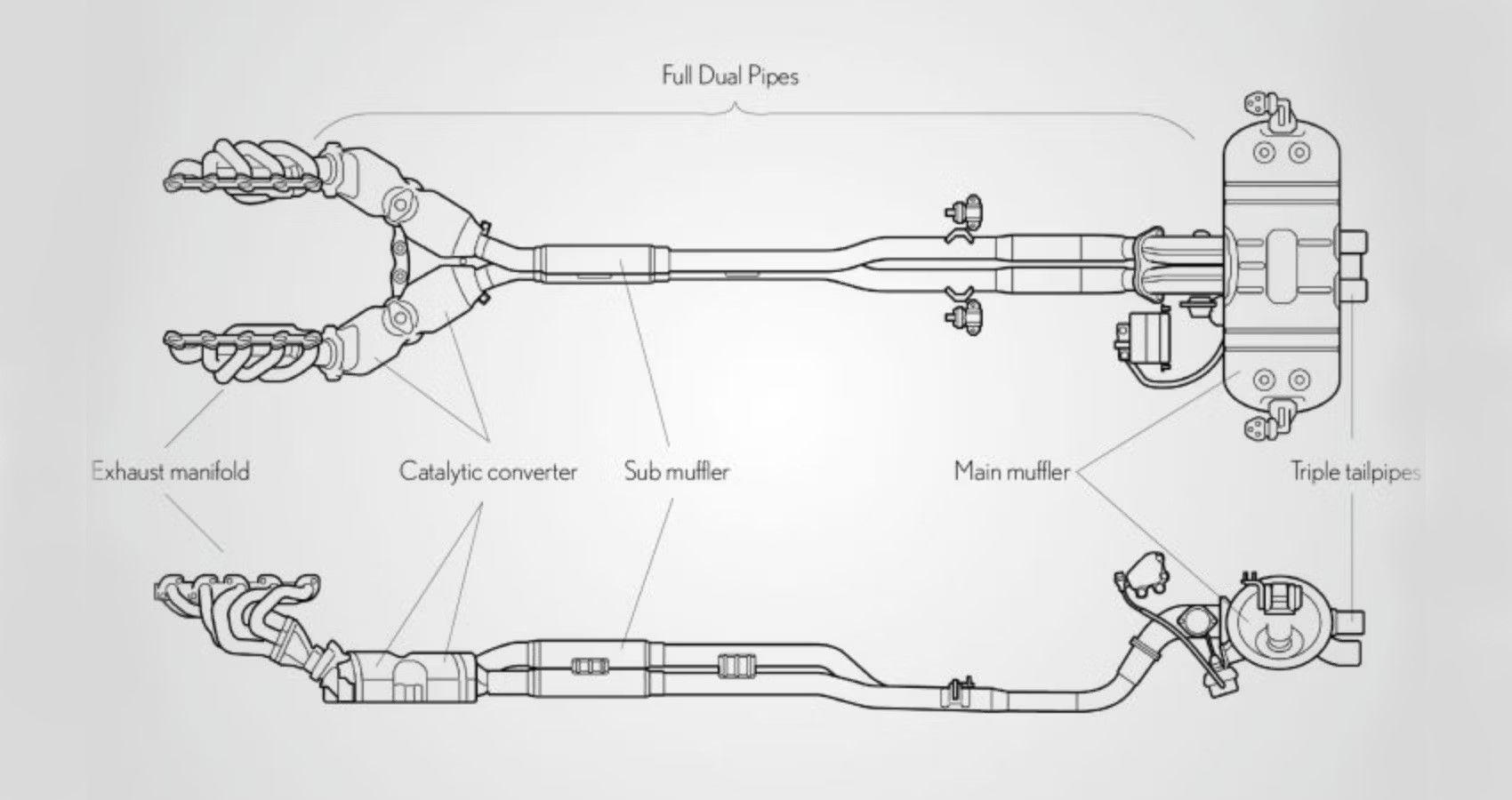
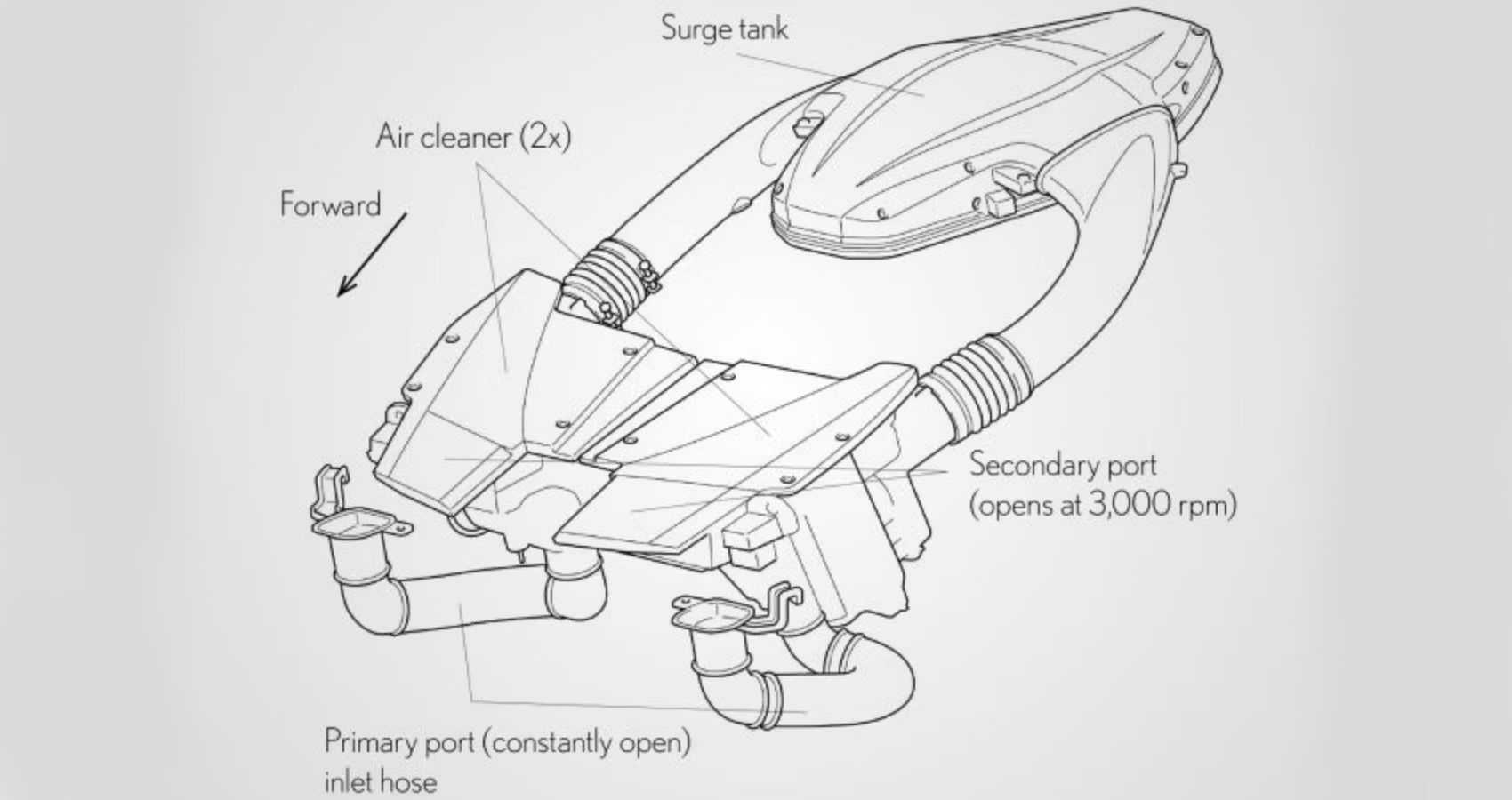
.jpg)
